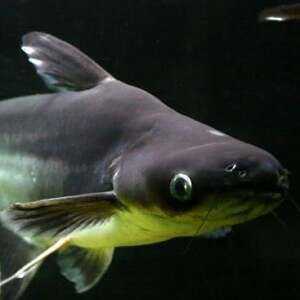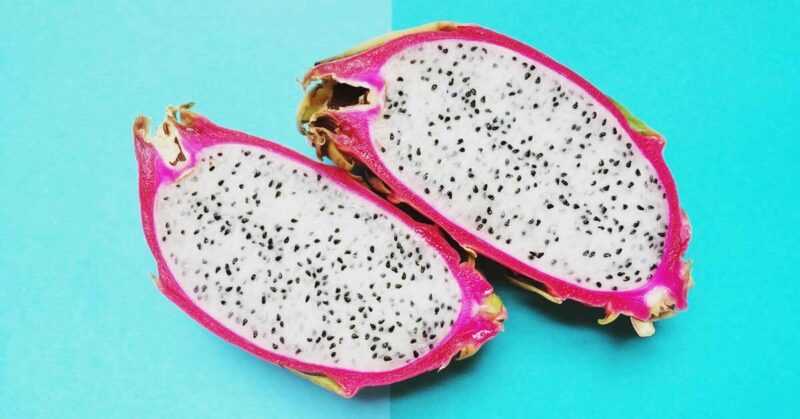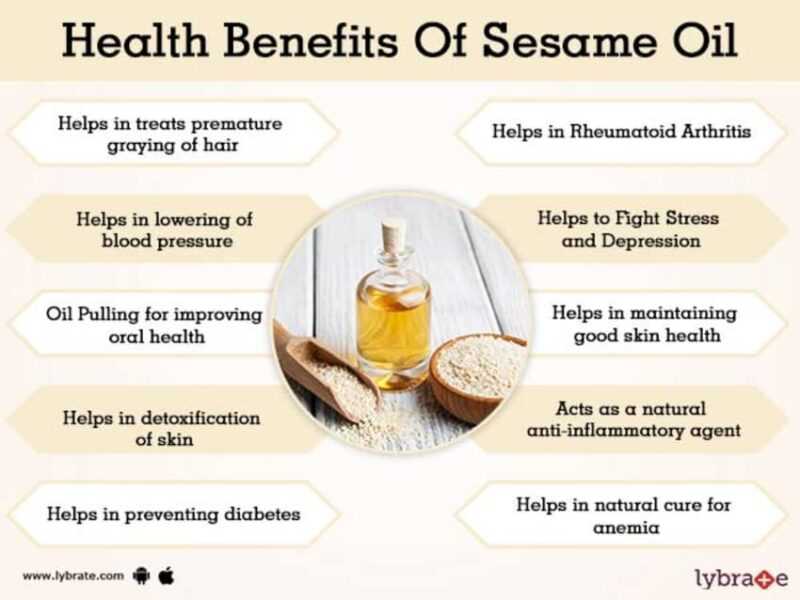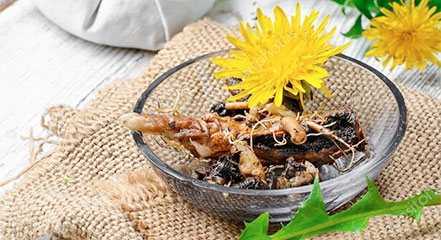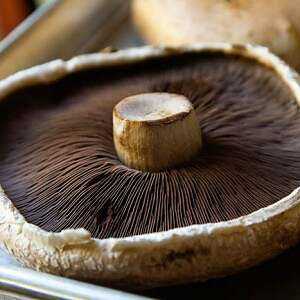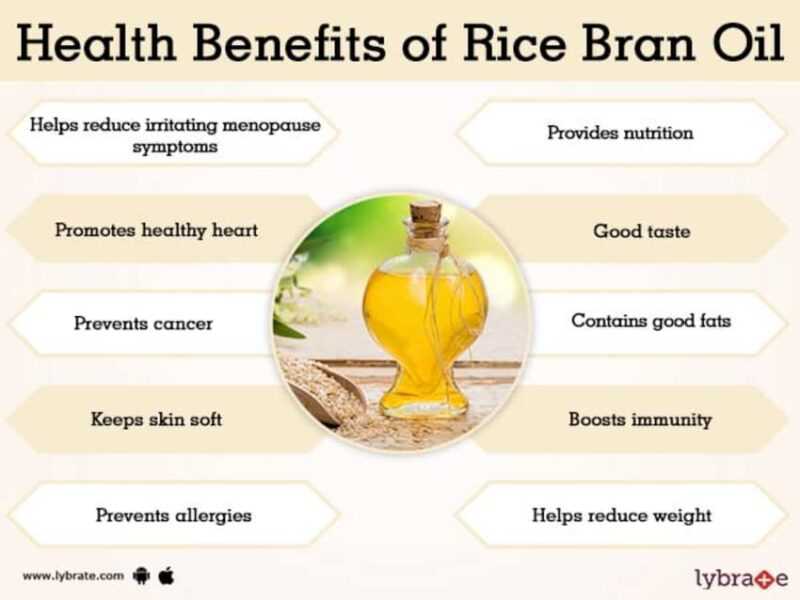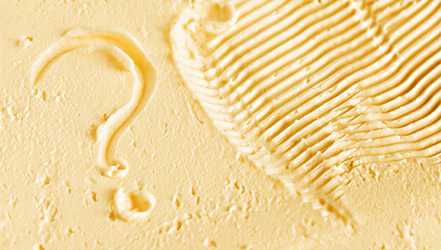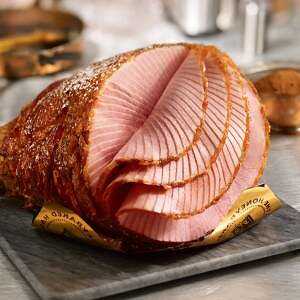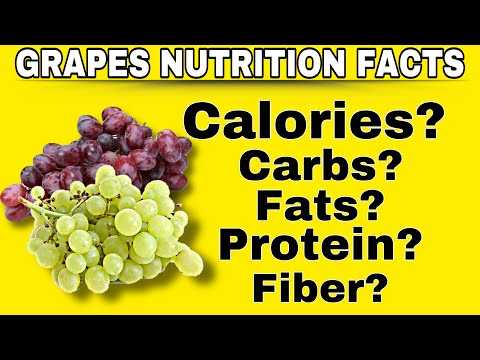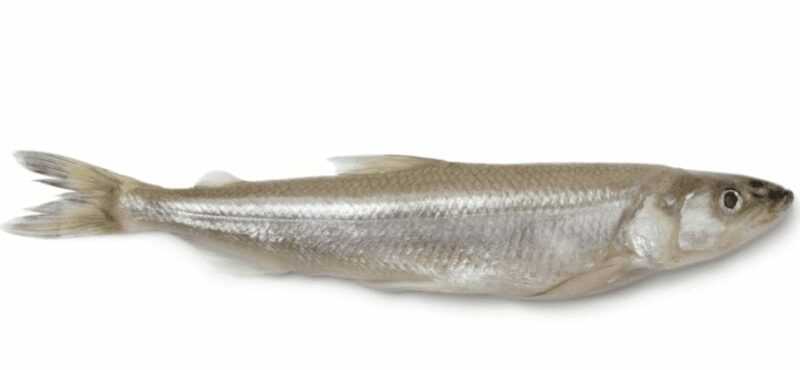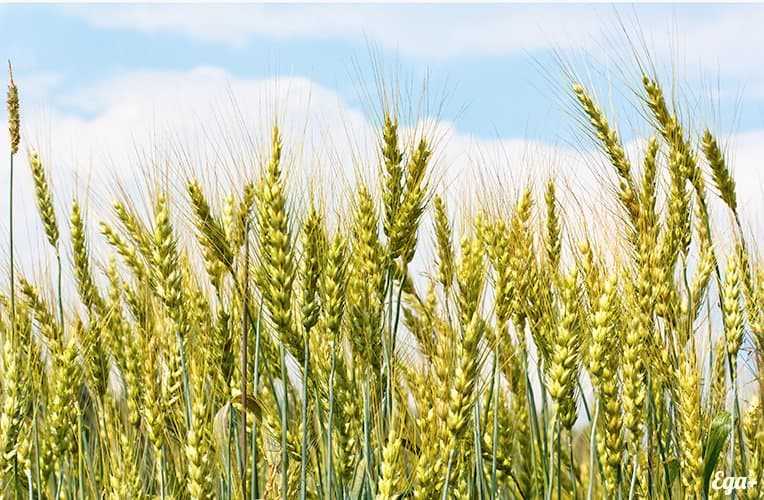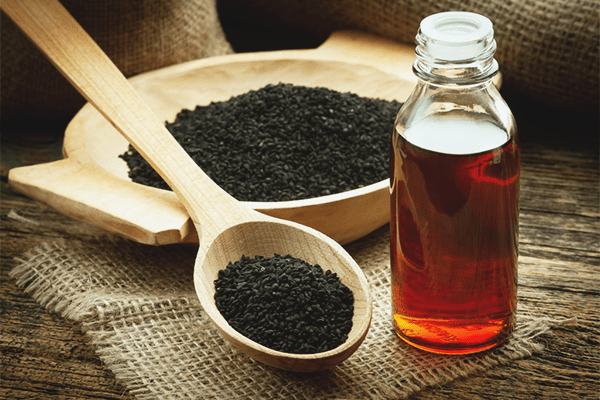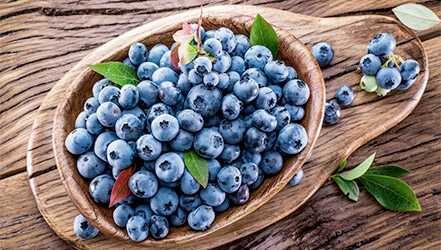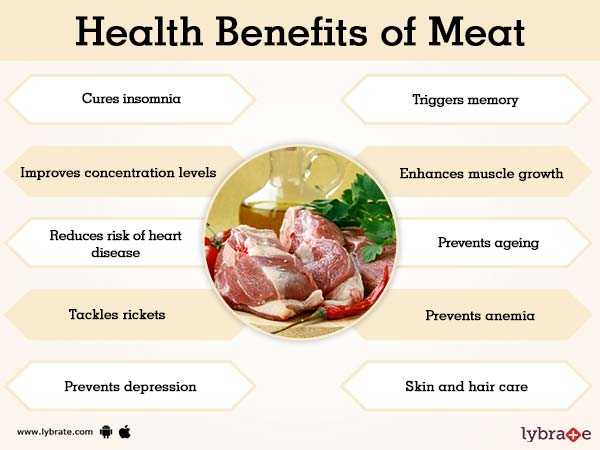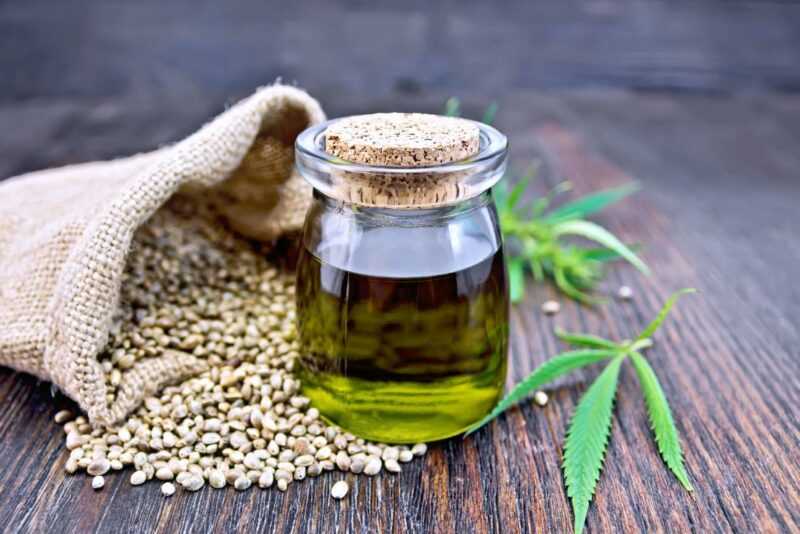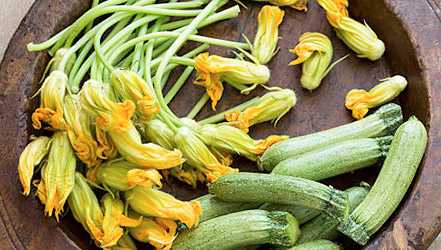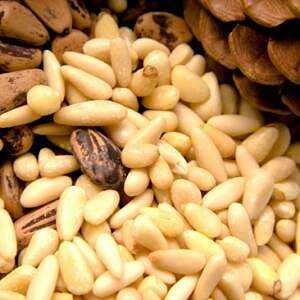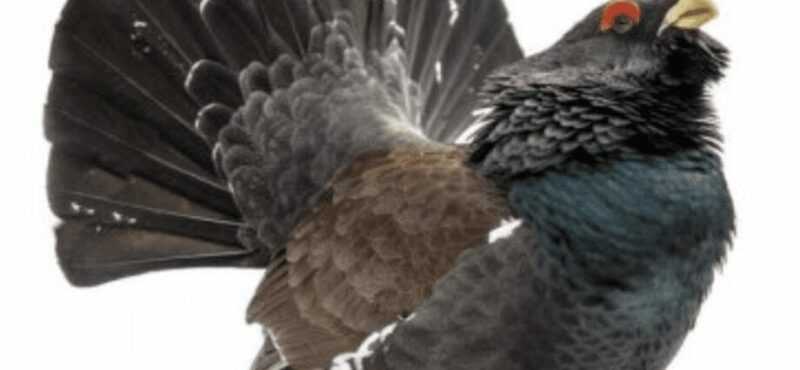Wild pear – a tree up to 20 m high or more. Leaves are rounded or oval, entire or palmate, shiny, slightly leathery, on long petioles. The flowers are large, up to 3,5 cm in diameter, with snow-white, rarely pinkish petals.
The wild pear blossoms simultaneously with the opening of the leaves in April-May. This tree is an excellent honey plant. The fruits ripen by autumn. Harvest – from 10 to 400 kg per tree. Pears bear fruit from 8-10 years. A good harvest is repeated in 1-2 years. The total life span of a tree is 50-80 years, some specimens live up to 150 and even up to 300 years. Wild pear is distributed mainly by seeds. Fruit-eating animals play an important role in seed distribution.
Wild pear grows in most of the southern regions of the European part., In the Caucasus, in the mountains of Kazakhstan and Central Asia. In the central black earth regions, the Russian pear is distinguished from the common pear as a special species. In the Caucasus, in almost all regions there is a close species – the Caucasian pear, and in the Far East the Ussuri pear is widespread.
The listed species of wild pears grow on the edges of deciduous forests, in places they form groves, especially in the valleys of the Dniester, Dnieper and others. A large number of pear forests in the Caucasus.
Wild pear is often found in whole forests or individual trees in the Central Black Earth Region (Kursk, Belgorod, Voronezh regions).
There are several dozen species of wild pears in the forests of Europe, Central Asia and the Far East. All these types of pears are actively used in hybridization and breeding of cultivars.
The fruits of wild pears contain more than 10% sugars (mainly monosaccharides), up to 2% malic, citric and ascorbic acids, 4% pectins, tannins and a little carotene.
Previously, in Russia, the fruits of forest pears were dried, soaked, and the famous Russian pear kvass was prepared from them. They knew how to get vinegar and alcohol from pears. In the food industry, along with cultivated varieties of pears, wild pears are still used today. The addition of a small amount of such fruits to jam, jam, preserves gives a unique aroma and piquant astringency. And in very distant times, the wild pear sometimes replaced bread for peasants: sweet, but not very satisfying flour was obtained from its dried and ground fruits.
Fresh fruits of wild-growing pears taste pleasant only on some trees, but even then only after they lie down for two or three months. After this time, part of the starch leaves them, turning into sugar, and partial destruction of tannins occurs. When pears are warm, they reach faster.
If the harvested wild pears are stored in a cold room, and, if necessary, baked in hot ash or an oven, then the fruits darken and become soft, sweet and fragrant.
The tannins in pears are not always a hindrance. The famous pear ciders and wines owe their aroma and spectacular astringency to the presence of these substances.
Pickled or pickled forest pears as a side dish for meat dishes are a welcome delicacy.
Candied forest pears – caramelized – are delicious. Their preparation is similar to boiling a triple fish soup, when the third portion of fish is boiled in a decoction from the previous two. Here also.
Several portions of pears are boiled in water, which are then thrown away, and selected pears are again lowered into the pear broth condensed with sugar.
After multiple dipping in strong condensed syrup, they are covered with a layer of crystallized sugar.
Then dried in the oven, they can be stored for a long time.
Garden pear – a tree with a height of 20 to 30 m, from the Rosaceae family. The flowers are white, with a large number of stamens. Fruits are large, round or pear-shaped, varying in color: from yellow and green to reddish.
Pear is one of the most widespread fruit crops in temperate latitudes. Its plantings are inferior in area among these crops only to apple and cherry. There are a thousand varieties of pears, but new varieties appear every year.
The fruits of the garden pear contain many valuable substances. But all of them contain sugars (from 6 to 16%), organic acids, mainly apple and citric, enzymes, fiber, nitrogenous, pectin and tannins, provitamin A, vitamins C, B1? P, PP, flavonoids and phytoncides.
Pears taste sweeter than apples, but they contain less sugar. The fact is that they contain few acids. Many varieties are rich in trace elements, especially iodine, and pear juice contains a lot of tannins and sorbitol. Fruits contain a lot of fiber; in the leaves – the glycoside arbutin, hydroquinone, flavonoids; in stems and roots – anthocyanins; in the bark of young trees – 4-7% tannides.
Pears are a valuable multivitamin food. They are used to make jam, jam, compotes, candied fruits, make dried fruits, pear honey (bekmes), as well as kvass, fruit essence and wine.
In Dagestan, dried pears are ground into flour, mixed with corn and barley flour to produce a mixture called “chilikani”, which is used to bake flat cakes.
It should be remembered that those pears that smell aromatic have medicinal properties. Therefore, when buying pears, pay attention to their appearance, taste and aroma.
Therapeutic use of pears
* Forest pears are not only a useful and healthy food product, but also a good remedy.
The tannins of the fruit have a strengthening effect on the intestines and stomach.
* In case of fever, a pear broth from forest pears is used to lower the temperature.
* Due to the presence of complex essential oils in it, the juice from forest pears is a good diuretic.
* Pears have been used in folk medicine for thousands of years to treat prostatitis. Already a few days after the application of pear compote with this disease, an amazing effect occurs, and its prolonged use leads to a cure.
And if the man is already over 50 years, it is necessary to harvest dried pear-pear for the winter, so that until the very spring you can drink compote and pear tea. This is not only treatment, but also prevention of the disease.
* Pears are used as an antimicrobial agent, the fruits of which create an unfavorable environment for pathogenic bacteria. The fruits of pears contain organic acids, which, together with the hydrochloric acid of the gastric juice, acidify the food in the stomach. Pectin and tannins, which are in large quantities in pears, immobilize these bacteria.
Fruits contain antibiotic arbutin, which kills germs. The antimicrobial action of pears affects the intestinal flora and microbes that cause inflammation of the kidneys and bladder.
Pear-wild is more effective as a bactericidal agent.
* In case of lung diseases, the use of pears is recommended, and a decoction of dried pears helps against cough and fever.
* Boiled and baked pears are used as an antitussive agent for bronchitis and pulmonary tuberculosis.
* Pear broth is given to fever patients to drink, it quenches thirst and promotes urination. The diuretic effect of the broth is explained by the fact that it contains the same substances as in the leaves of bearberry (“bear ears”) – arbutin glycoside.
This broth is effective both for urolithiasis and for inflammatory processes of the urinary tract.
* Pear juice and decoctions have an antibacterial effect, contribute to the clarification of infected urine and the elimination of toxins from the body.
. * In diseases of the circulatory system, pears are used as a means to strengthen the capillaries. Pear juice contains many substances with P-vitamin activity, and vitamin P reduces the increased permeability of the walls of blood vessels.
* In the treatment of gastrointestinal disorders, ripe pears, due to the content of tannins in them, are effectively used as a fixing agent. Some varieties contain up to 20% tannins.
For the mucous membranes of the stomach and intestines, the combination of tannins and pectin is a protective agent.
* Pears are especially helpful in treating dyspepsia in children. Pear jelly and compotes have an astringent effect. It is also recommended to cook dried pears and use them with oat broth.
* Pears have tonic properties. They calm the heartbeat, improve mood, relieve stress.
* In case of diabetes mellitus, it is recommended to regularly take juice from fresh pears, 50-70 g, 30 minutes before meals. With good tolerance, the dose is gradually increased to 1 glass.
* With obesity, diabetes mellitus, with diseases of the kidneys, liver and biliary tract, with urolithiasis and cystitis, the diet includes fresh and dry pears. Their fruits have a low energy value, they contain about 84% water, so they can be used in a restrictive diet.
* Pear fruits contain little sodium and chlorine, so they are well suited for salt-free diets, for cardiovascular diseases, and nephritis.
ATTENTION!
• For those suffering from gastrointestinal diseases, the pear can be harmful if consumed fresh. Pears, eaten fresh, weigh down the stomach, while boiled pears heal it.
• When eating pears, remember:
– pears cannot be eaten on an empty stomach;
– pears cannot be washed down with water;
– after pears, you can not eat meat;
– pears should be eaten no earlier than 30 minutes after eating.
• In old age, from 70 years old, you should eat only soft juicy pears or bake them slightly, otherwise stomach problems may occur.

